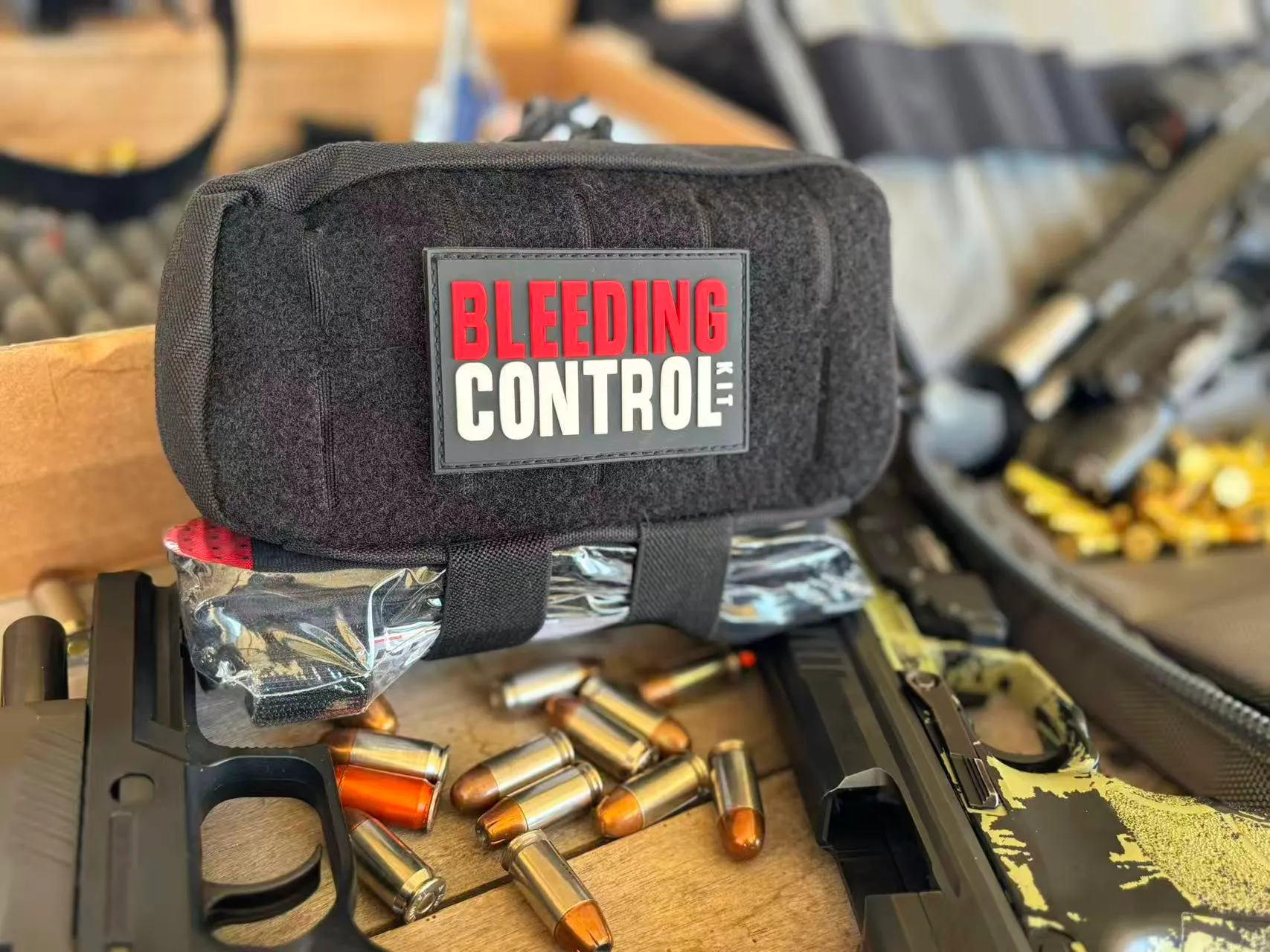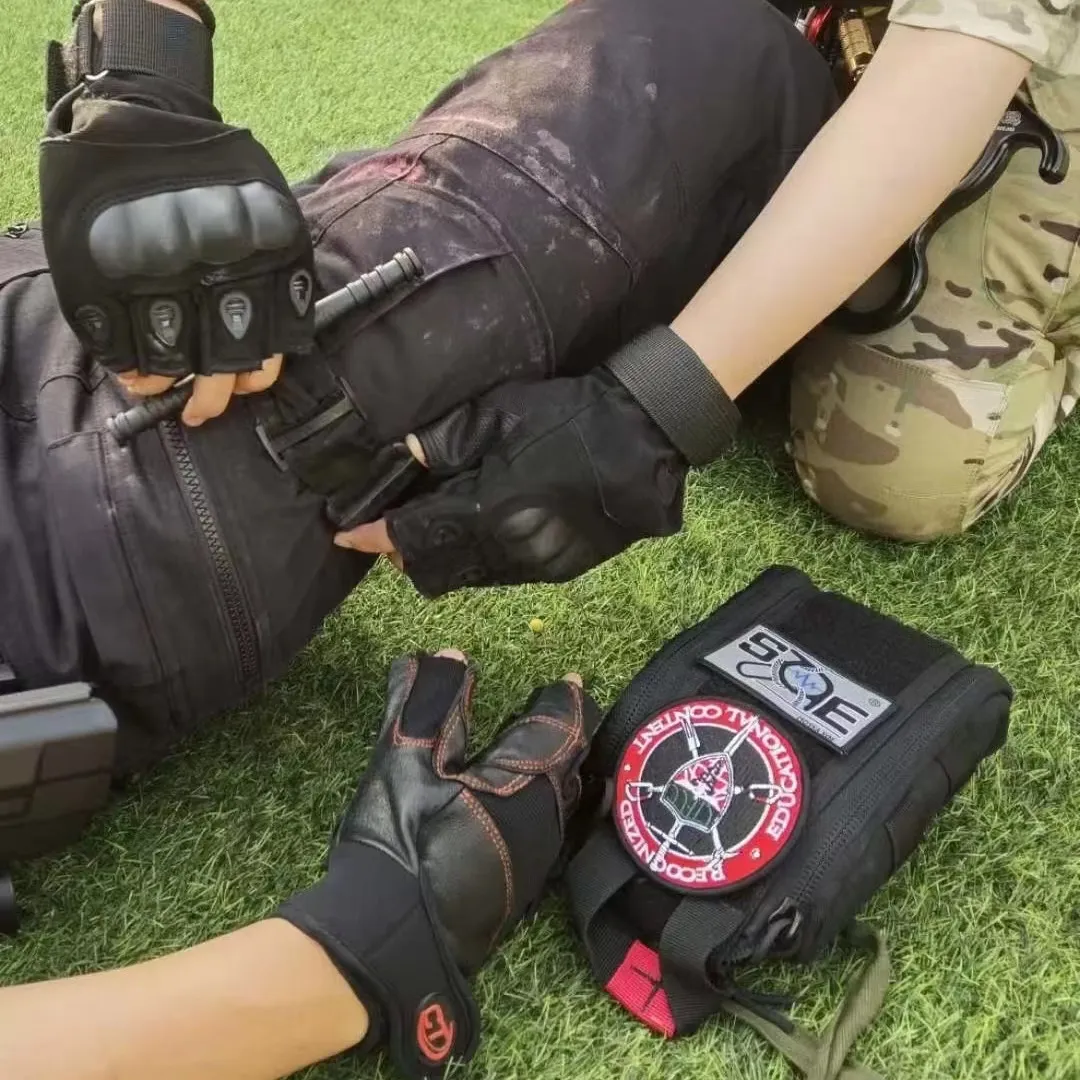Comprehensive Guide to First Aid Kit Types and How to Choose
- YEYETAC™

- 6 days ago
- 6 min read

First aid kits are essential safety tools designed to provide immediate care during emergencies before professional medical help arrives. The right kit can mean the difference between minor incident management and threatening life complications. Understanding the various types available helps ensure you select appropriate emergency solutions tailored to your specific environment, risk level, and user requirements.
Why is selecting the right type of first aid kit crucial to emergency preparedness?
Choosing an inappropriate first aid kit for your environment can leave you dangerously unprepared when emergencies strike. Would your current kit enable you to effectively respond to the most likely emergencies in your setting?
Industry Standards Define Different Classes of First Aid Kits
The American National Standards Institute (ANSI) and International Safety Equipment Association (ISEA) have established comprehensive standards for workplace first aid kits through ANSI/ISEA Z308.1. These standards categorize kits based on contents and container specifications to ensure appropriate emergency response capabilities across different environments.
Class A kits provide minimum requirements for low risk environments like offices and retail settings, containing basic supplies such as adhesive bandages, gauze pads, and antiseptics.
Class B kits are designed for higher risk environments like construction sites and manufacturing facilities, featuring more extensive wound care supplies, eye wash solutions, burn treatments, and trauma supplies.
These classifications help organizations select kits aligned with workplace hazard assessments and regulatory requirements. Class B kits typically contain larger quantities and more specialized items to address more severe injuries possible in industrial settings.
Container Types Reflect Environmental Needs and Accessibility Requirements
First aid kit containers are categorized into four types based on portability, durability, and mounting options.
Type I containers are portable and weatherproof for indoor settings.
Type II offers portability with mounting options for general workplace use.
Type III containers must be mountable on walls for manufacturing environments requiring high visibility.
Type IV consists of stationary, durable cabinets for industrial settings with larger workforces.
The container type selection should consider environmental factors such as moisture, dust exposure, temperature variations, and the need for mobility versus centralized access.
Safety Considerations Behind Standard Configurations
Standard configurations ensure kits meet minimum safety requirements while addressing common emergency scenarios. Key considerations include injury probability (contents reflecting the most likely injuries in target environments), scalability (supplies proportionate to personnel numbers), regulatory compliance with OSHA and industry requirements, expiration management for perishable items, and ensuring visibility and intuitive organization for quick access during emergencies.

Professional First Aid Kit Types by Usage Scenarios
Different environments require specifically designed first aid solutions to address their unique emergency needs. Here's how various first aid kits are configured for different scenarios:
Outdoor Survival First Aid Kits
Wilderness kits address emergencies in remote locations where professional medical help may be hours or days away. They balance comprehensive care with weight and space considerations.
Essential components include:
Extended care supplies for prolonged treatment periods
Multi-purpose equipment like YEYETAC™ splints
Environmental emergency protection items
Communication and signaling tools
Comprehensive wilderness first aid guides
Vehicle First Aid Kits
Vehicle kits are designed for roadside emergencies while being compact enough for convenient storage.
Key elements include:
Traffic safety integration with high visibility items
Specific vehicle emergency tools like glass breakers
Compact storage design for glove compartments
Supplies for multiple potential victims
Appropriate climate emergency items
Military First Aid Kits
Military First Aid Kits are specialized solutions for high threat environments where EMS access may be delayed or impossible. YEYETAC's tactical medical solutions follow the MARCH protocol (Massive hemorrhage, Airway, Respiration, Circulation, Head injury/Hypothermia) to address life-threatening conditions in combat situations.
Key features include:
Hemorrhage control tools including tourniquets and hemostatic agents
Respiratory management supplies like chest seals and decompression needles
Compact, durable design with MOLLE compatible attachments
Single handed access configuration for self treatment
Weather resistant materials and secure closures for field durability
These kits focus on the critical "platinum ten minutes" when immediate interventions can prevent fatalities from traumatic injuries.
Pet First Aid Kits
Pet first aid kits are specially designed to address the unique emergency needs of animals, whether they're family pets or working animals. These kits contain specialized equipment scaled for animal anatomy and physiology.
Key components include:
Specific animal restraints to safely manage injured pets
Properly sized bandages and dressings for different animal sizes
Pet safe antiseptics and wound cleaning solutions
Digital thermometers with flexible tips for animal use
Emergency contact information for veterinary services
YEYETAC™ offers specialized K9 emergency equipment tailored specifically for working dogs in tactical environments. These include specially designed transport stretchers that accommodate canine anatomy, custom splinting systems for dog limbs, and trauma care components sized appropriately for different breeds.
Industrial First Aid Cabinets
These serve as centralized emergency stations in workplaces and typically meet or exceed OSHA requirements.
Notable features include:
High volume supplies scaled to workforce size
Specific industry hazard treatment options
Clearly organized sections for quick access
Inventory tracking systems
Integration with facility emergency plans
Professional Emergency Rescue Kits
These comprehensive kits contain advanced equipment for trained medical responders.
Components include:
Advanced airway management tools
Diagnostic equipment
Oxygen administration supplies
Professional grade medications
Patient documentation systems
First Aid Kit Capability Comparison: Classified by Injury Type
Injury management can be categorized into threatening life injuries and non threatening life injuries. Threatening life injuries typically require equipment found in trauma kits or military first aid kits, which address massive bleeding, gunshot wounds, airway management, and similar critical conditions. Non threatening life injuries generally allow for more time before requiring intervention, such as waiting for an ambulance to arrive or maintaining the patient until rescue personnel can provide assistance.
Different types of injuries require specific medical supplies:
Threatening Life Injury Management Supplies
Non-Threatening Life Injury Supplies

Key Selection Factors for First Aid Kits
When selecting first aid kits for any environment, consider these essential factors:
Risk Assessment: Identify specific hazards, evaluate injury likelihood, consider potential severity, factor in emergency response times, and account for special circumstances like remote locations.
Usage Size: Scale your first aid resources to match the number of potential users. Small groups need basic kits, while larger operations require multiple strategically placed kits and possibly specialized stations.
Specific Environment Requirements: Different settings demand customized approaches: tactical environments need trauma capabilities; industrial facilities require specific hazard treatments; outdoor settings need weather protection; and vehicle kits need compact design.
Maintenance Protocol: Ensure effectiveness through regular inspections, prompt replacement of used items, documentation of checks, assigned maintenance responsibility, and proper environmental storage protection.
Special Considerations: For specialized needs like pet care, identify unique requirements such as animal-sized equipment, specific species tools, and specialized instructions for animal emergency care.
Conclusion
Selecting the appropriate first aid kit is a critical safety decision that goes beyond mere regulatory compliance. By carefully assessing your environment, understanding potential risks, and considering the specific needs, you can ensure you're prepared for emergencies with the right tools and supplies. Regular maintenance and training further enhance your emergency preparedness posture. Contact us at support@tacticalmedicalkit.com for expert guidance on selecting or customizing first aid solutions that perfectly match your specific requirements.
FAQs
What are the main differences between various types of first aid kits?
The main differences lie in content configuration, container durability, and scenario adaptability, with specialized kits containing equipment targeted to specific injury patterns common in their intended environments.
How often should a first aid kit be checked?
First aid kits should undergo monthly visual inspections and quarterly comprehensive inventory reviews to ensure all items are present, functional, and within expiration dates.
What fundamental difference exists between tactical medical kits and standard first aid kits?
Tactical medical kits focus primarily on treating immediate life threats like massive hemorrhage with specialized equipment such as tourniquets, while standard kits address more common minor injuries with basic supplies.
How do I determine whether my workplace needs Class A or Class B first aid kits?
High-risk environments with complex operations, dangerous equipment, or remote locations typically require the more comprehensive Class B kits, while lower-risk office environments may be adequately served by Class A kits.
Why are specialized first aid solutions necessary for pets and working dogs?
Animals have different anatomy, physiology, and medication requirements than humans, necessitating specially designed medical equipment and supplies scaled appropriately for their size and specific medical needs.







Comments